
OTHER BOOKS BY SARAH RUHL AVAILABLE FROM TCG Chekhovs
Three Sisters and Woolfs
Orlando(Two Renderings for the Stage)The Clean House and Other Plays ALSO INCLUDES:
EurydiceLate: a cowboy songMelancholy PlayDead Mans Cell PhoneIn the Next Room or the vibrator playPassion PlayStage Kiss For Peter Pan on her 70th birthday
For Peter Pan on her 70th birthday is copyright 2018 by Sarah Ruhl
For Peter Pan on her 70th birthday is published by Theatre Communications Group, Inc., 520 Eighth Avenue, 24th Floor, New York, NY 10018-4156 All rights reserved. Except for brief passages quoted in newspaper, magazine, radio or television reviews, no part of this book may be reproduced in any form or by any means, electronic or mechanical, including photocopying or recording, or by an information storage and retrieval system, without permission in writing from the publisher. Professionals and amateurs are hereby warned that this material, being fully protected under the Copyright Laws of the United States of America and all other countries of the Berne and Universal Copyright Conventions, is subject to a royalty. All rights, including but not limited to, professional, amateur, recording, motion picture, recitation, lecturing, public reading, radio and television broadcasting, and the rights of translation into foreign languages are expressly reserved. Particular emphasis is placed on the question of readings and all uses of this book by educational institutions, permission for which must be secured from the authors representative: Mark Subias, United Talent Agency, 888 Seventh Avenue, New York, NY 10106, (212) 659-2600. The publication of
For Peter Pan on her 70th birthday by Sarah Ruhl, through TCGs Book Program, is made possible in part by the New York State Council on the Arts with the support of Governor Andrew Cuomo and the New York State Legislature.
TCG books are exclusively distributed to the book trade by Consortium Book Sales and Distribution. ISBN 978-1-55936-879-7 (ebook) A catalog record for this book is available from the Library of Congress. Book design and composition by Lisa Govan Cover design by Monet Cogbill Cover photo of the authors mother in Peter Pan, Davenport, Iowa. Courtesy of Kathleen Kehoe Ruhl. First Edition, May 2018 For Kathleen Kehoe Ruhl. M. M.
Barrie.With love and great gratitude to the Kehoes. CONTENTS Table of Contents
Guide
B efore Sarah Ruhl could write she told stories to her attentive mother, Kathleen, who typed them up. (In those days, in the late seventies, Kathleen, who now has a PhD in Language, Literacy and Rhetoric, was a high-school English teacher, moonlighting as an actress and theater director.) Vivid is one adjective that Ruhl uses to describe her. Kathleen was known to serve up dinner while delivering the maids speech from
The Bald Soprano and to organize Pig Night: she inculcated good table manners in her two daughters by allowing them to be horrible at dinner once a week. We were encouraged to play at home, so that art-making didnt seem like an escape from family or a retreat but very much a part of life, Ruhl recalled. Ruhls play
For Peter Pan on her 70th birthday is a droll, elegiac homage to her actress-mothers spirited playfulness and to the loving Midwestern family from which she emerged. (In 2017, Kathleen appeared in the Shattered Globe Theatre production of the work in Chicago.) It is also a testament to the slyness of Ruhls civility and her stagecraft.
Ruhl calls For Peter Pan a Midwestern Noh drama. The play borrows the three-part Noh structure and also contends with ancestorsin the shape of George, the dying father of the five children we meet at his hospital bedside, whose spirit follows the disputatious clan from death watch to wake. Ruhls story is also underpinned by Noh dramas psychological strategy. The protagonist meets the ghost, then recognizes the ghost, then dances with or embraces the ghost, Ruhl writes, a clue to the paradoxical game of loss and reparation she is playing. For Peter Pan elegantly navigates its audience through the multiple space-time realities of consciousness: past, present, and time-out-of-timethe mythic realm of play. At once a mourning and a celebration, a ghost story and a love story, a meditation on death and an assertion of the triumph of imagination over time, the play invokes a kind of double haunting, in which Ruhl haunts her family story as it continues to haunt her.
To me, she writes of her large extended Irish-Catholic Iowa family, they were the cradle of civilization, my own Mesopotamia. For Peter Pan conjures both the music of Time and the music of the Ruhl familys palaver. Its organized in movements, not actsa kind of symphony of history and fantasy. At curtain rise, Ann speaks to us directlyHello. I play Pan are her first wordsrecalling the thrill of her performance when she was a young girl in Davenport, Iowa. I wasnt ever scared to fly in the theater, she says, adding, it was after I had children I was afraid to fly.
The last movement of the play transports her as an adult back to Neverland, and to that never-forgotten youthful performance, in which she was gravitys angel, flying free. Only now, Anns own siblings have become the Darling family, bringing their earthly issues into the kingdom of make-believe. Backstage after the show, Ann also reencounters her dead father, as he was then, existing in the theaters disconcerting liminal space between ordinary and extraordinary worlds. PETER PAN: Im suddenly afraid. Did you die? What was it like? Your breathing was terrible. It seemed like you didnt want to go.
Was it awful? GEORGE: Come on now, change your costume. The pulse of Ruhls melancholy heart is powerfully felt beneath the understatement of this stage-managed resurrection. The dead have no answers; however, they do have presence. Among the many suggestive ideas the play captures is the presence of this absence in daily life. For Peter Pan moves between the diurnal and the spiritual, lightly contending with death in order to befriend it. Ruhls plays always mix grief with gladness.
She understands that without shadow there is no brilliance. Here, Peter Pan, being a sprite, has lost his shadow: he is not corporeal and therefore isnt bound by the laws of gravity, which propel Homo sapiens downward and deathward. Ruhl has fun with this contradiction. WENDY: Everything has a shadow, Peter Pan. Honestly you should have gone to Jungian analysis. You would have learned that you cant experience joy without your dark side.
PETER PAN: I dont know what you just said, Wendy. WENDY: You can live on Freud until youre forty but when youre seventy and facing death you either need religion or Carl Jung. PETER PAN: Why cant I fly without my shadow? JOHN: Think about it, Peter. PETER PAN: What? JOHN: A plane thats flying without its shadow on the ground is PETER PAN: Is what John makes the sound of an explosion. JOHN: Poofdead! PETER PAN: Or just flying at night! WENDY: Ive sewn it on, Peter. PETER PAN: Oh, well done! Its on again, my shadow is on again! She crows. Now I can fly! Shes not hooked into any flying apparatus.She tries to fly, does a little jump. JOHN: That was the worst flying I ever saw, Peter. In Ruhls Neverland slapstick replaces sentimentality and everyone seems more or less grounded.



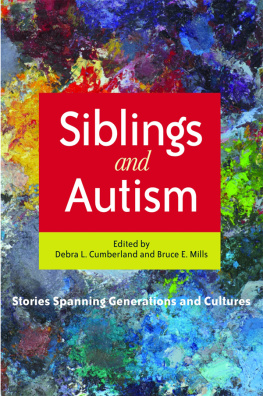

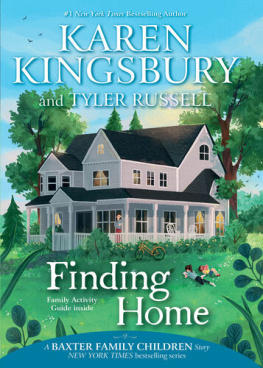

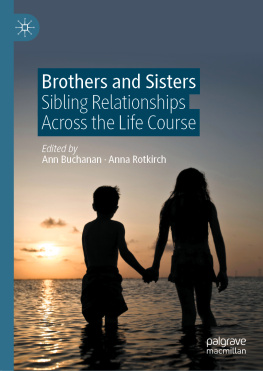
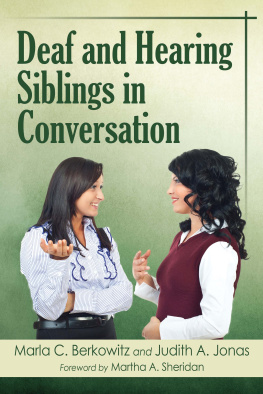
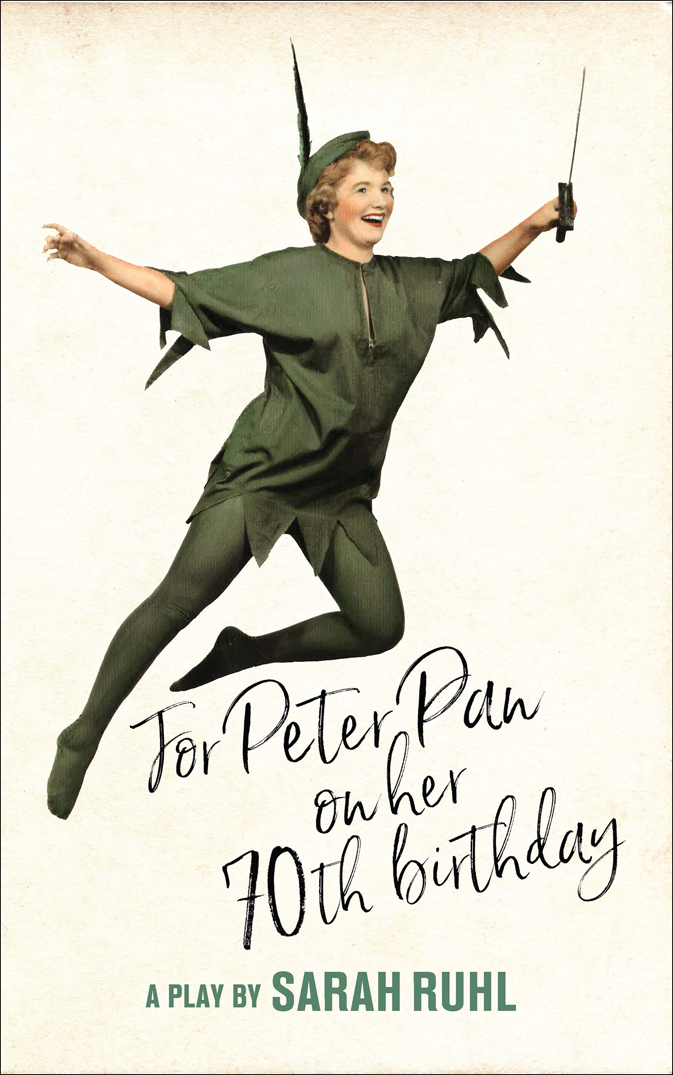
 OTHER BOOKS BY SARAH RUHL AVAILABLE FROM TCG Chekhovs Three Sisters and Woolfs Orlando(Two Renderings for the Stage)The Clean House and Other Plays ALSO INCLUDES: EurydiceLate: a cowboy songMelancholy PlayDead Mans Cell PhoneIn the Next Room or the vibrator playPassion PlayStage Kiss
OTHER BOOKS BY SARAH RUHL AVAILABLE FROM TCG Chekhovs Three Sisters and Woolfs Orlando(Two Renderings for the Stage)The Clean House and Other Plays ALSO INCLUDES: EurydiceLate: a cowboy songMelancholy PlayDead Mans Cell PhoneIn the Next Room or the vibrator playPassion PlayStage Kiss For Peter Pan on her 70th birthday is copyright 2018 by Sarah Ruhl For Peter Pan on her 70th birthday is published by Theatre Communications Group, Inc., 520 Eighth Avenue, 24th Floor, New York, NY 10018-4156 All rights reserved. Except for brief passages quoted in newspaper, magazine, radio or television reviews, no part of this book may be reproduced in any form or by any means, electronic or mechanical, including photocopying or recording, or by an information storage and retrieval system, without permission in writing from the publisher. Professionals and amateurs are hereby warned that this material, being fully protected under the Copyright Laws of the United States of America and all other countries of the Berne and Universal Copyright Conventions, is subject to a royalty. All rights, including but not limited to, professional, amateur, recording, motion picture, recitation, lecturing, public reading, radio and television broadcasting, and the rights of translation into foreign languages are expressly reserved. Particular emphasis is placed on the question of readings and all uses of this book by educational institutions, permission for which must be secured from the authors representative: Mark Subias, United Talent Agency, 888 Seventh Avenue, New York, NY 10106, (212) 659-2600. The publication of For Peter Pan on her 70th birthday by Sarah Ruhl, through TCGs Book Program, is made possible in part by the New York State Council on the Arts with the support of Governor Andrew Cuomo and the New York State Legislature.
For Peter Pan on her 70th birthday is copyright 2018 by Sarah Ruhl For Peter Pan on her 70th birthday is published by Theatre Communications Group, Inc., 520 Eighth Avenue, 24th Floor, New York, NY 10018-4156 All rights reserved. Except for brief passages quoted in newspaper, magazine, radio or television reviews, no part of this book may be reproduced in any form or by any means, electronic or mechanical, including photocopying or recording, or by an information storage and retrieval system, without permission in writing from the publisher. Professionals and amateurs are hereby warned that this material, being fully protected under the Copyright Laws of the United States of America and all other countries of the Berne and Universal Copyright Conventions, is subject to a royalty. All rights, including but not limited to, professional, amateur, recording, motion picture, recitation, lecturing, public reading, radio and television broadcasting, and the rights of translation into foreign languages are expressly reserved. Particular emphasis is placed on the question of readings and all uses of this book by educational institutions, permission for which must be secured from the authors representative: Mark Subias, United Talent Agency, 888 Seventh Avenue, New York, NY 10106, (212) 659-2600. The publication of For Peter Pan on her 70th birthday by Sarah Ruhl, through TCGs Book Program, is made possible in part by the New York State Council on the Arts with the support of Governor Andrew Cuomo and the New York State Legislature.